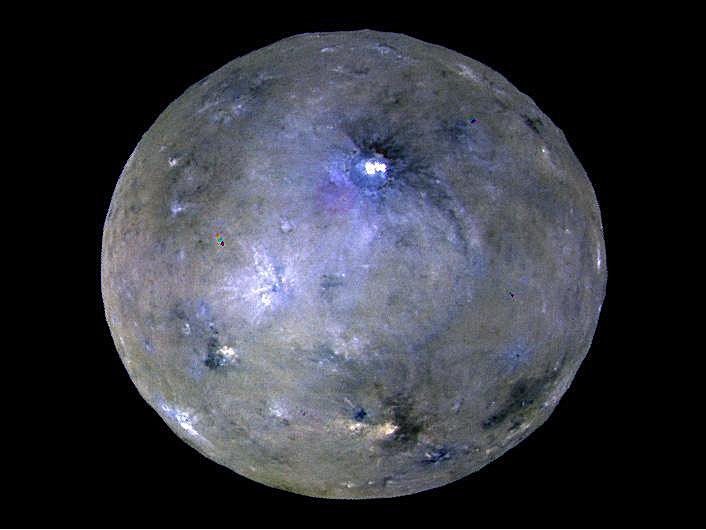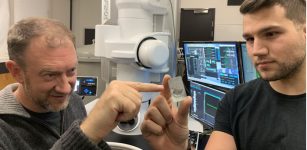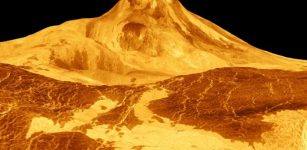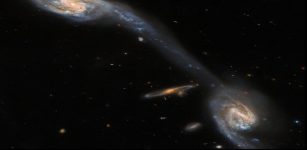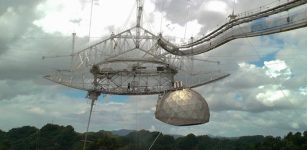Researchers Reveal Polar Wandering On Dwarf Planet Ceres
MessageToEagle.com – Dwarf planet Ceres ‘ the largest body in the main asteroid belt – experienced an indirect polar reorientation of approximately 36 degrees, researchers say.
Ceres was recently explored by the Dawn mission to uncover strong similarities with other icy bodies.
“Ceres is the largest body in the main asteroid belt. It was recently explored by the Dawn mission to uncover strong similarities with other icy bodies. The morphological features observed on the surface of Ceres indicate a relatively wide range of water ice concentrations, leading us to investigate the magnitude and distribution of crustal density heterogeneities, and to consider whether they could have caused a reorientation of Ceres,” researchers write in their paper.
Planetary Science Institute Senior Scientist Pasquale Tricarico and his colleagues determined the magnitude of the reorientation and the density variations, especially in the crust of Ceres. This is what was used to find the equatorial density anomaly.
Statistical analysis of topography was used for ridge analysis and the paleo-pole. And for matching the crustal fractures, a well-proven method by Matsuyama and Nimmo was used.
“The most surprising aspect of this paper is to me the observation that the pole of Ceres must have followed an indirect path to its current pole,” Pasquale Tricarico at Planetary Science Institute, said in a press release.
Tricarico added that “a multi-step reorientation could mean that the equatorial density anomaly was still evolving during the reorientation, and this could be because the crust and mantle were weakly rotationally coupled, allowing the crust to start reorienting while the mantle would lag behind.”
“If crust and mantle are allowed to shift with respect to one another, that could point to a layer of reduced friction between crust and mantle, and one of the possible mechanisms to reduce friction could be an ancient water ocean beneath the crust.”
The Dawn mission has orbited Ceres for more than three years, gathering very detailed observations and allowing the construction of detailed geophysical models. These detailed models can then be adapted for comparison to other icy bodies, according to Tricarico.
One such example is the parallel between the well-known equatorial ridge of Iapetus, the moon of Saturn, and the remnants of the paleo-equatorial ridge of Ceres.
MessageToEagle.com

